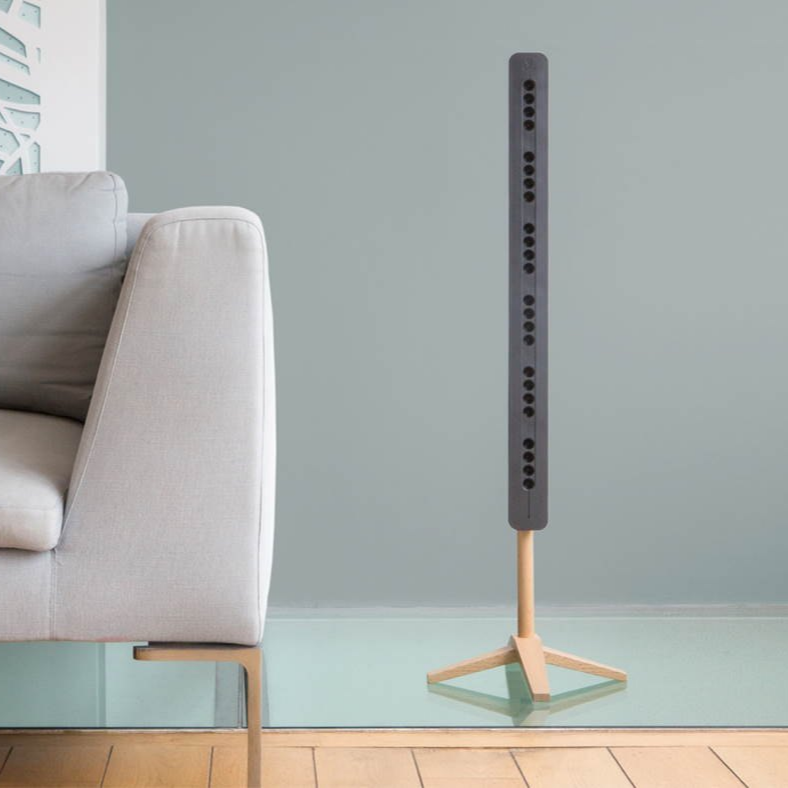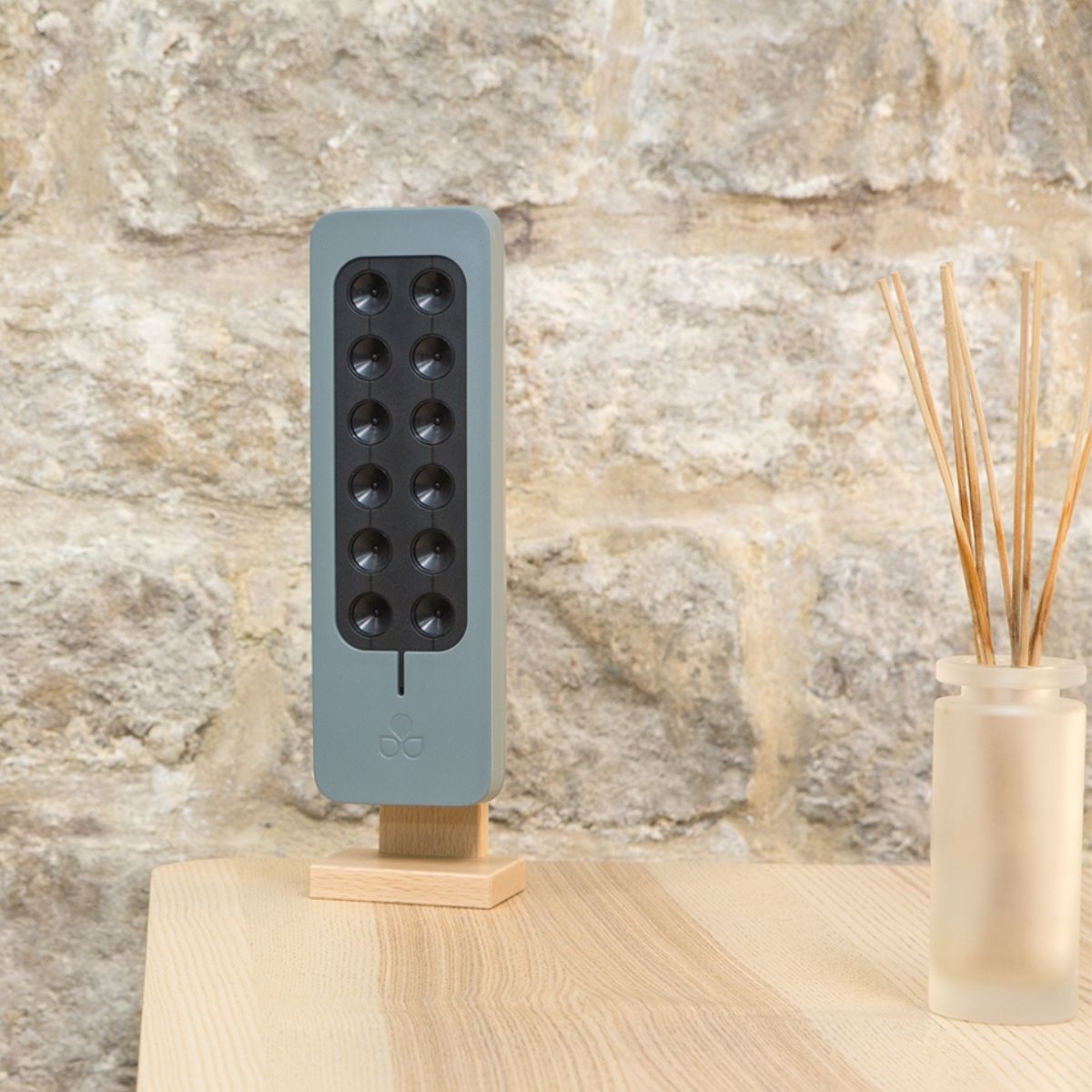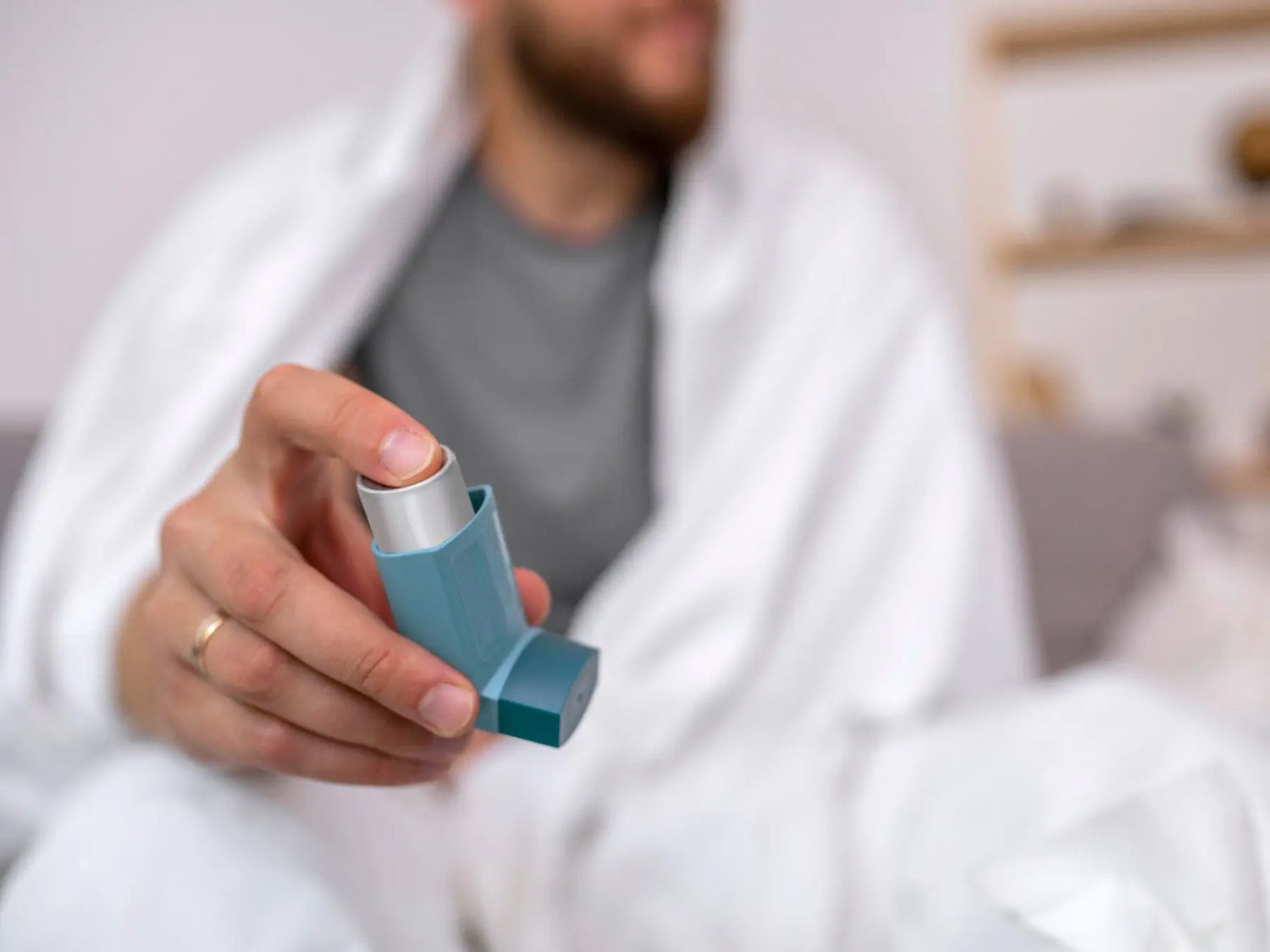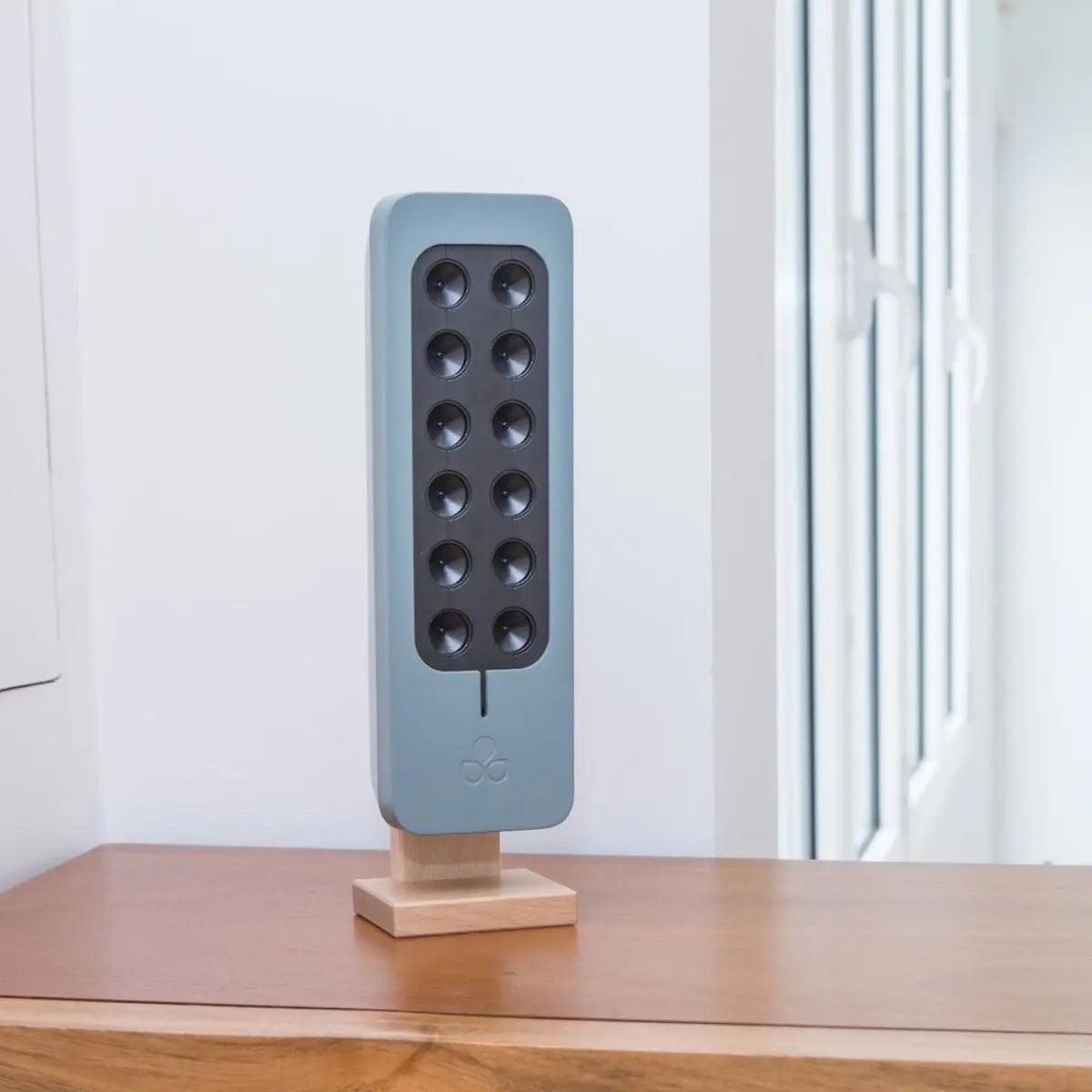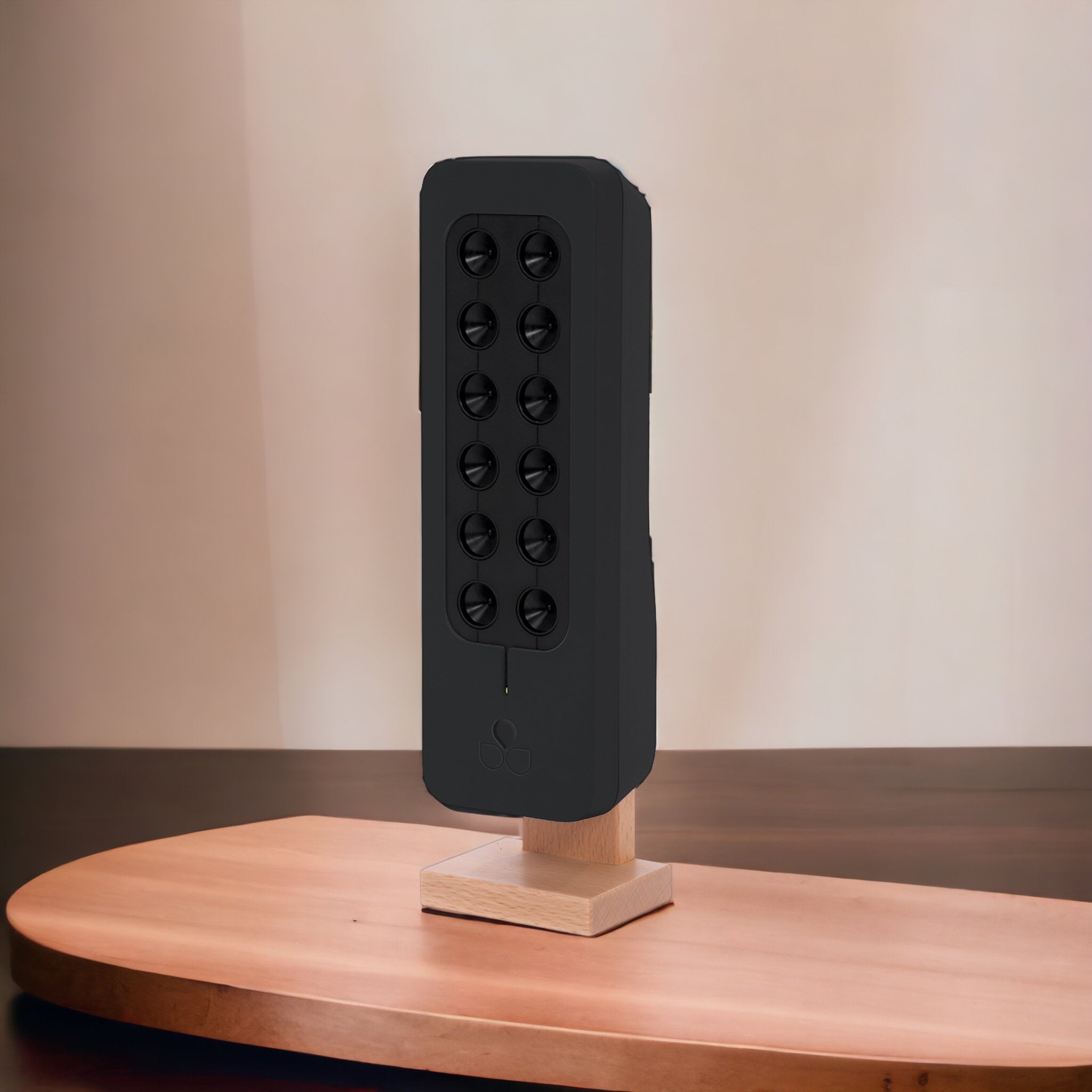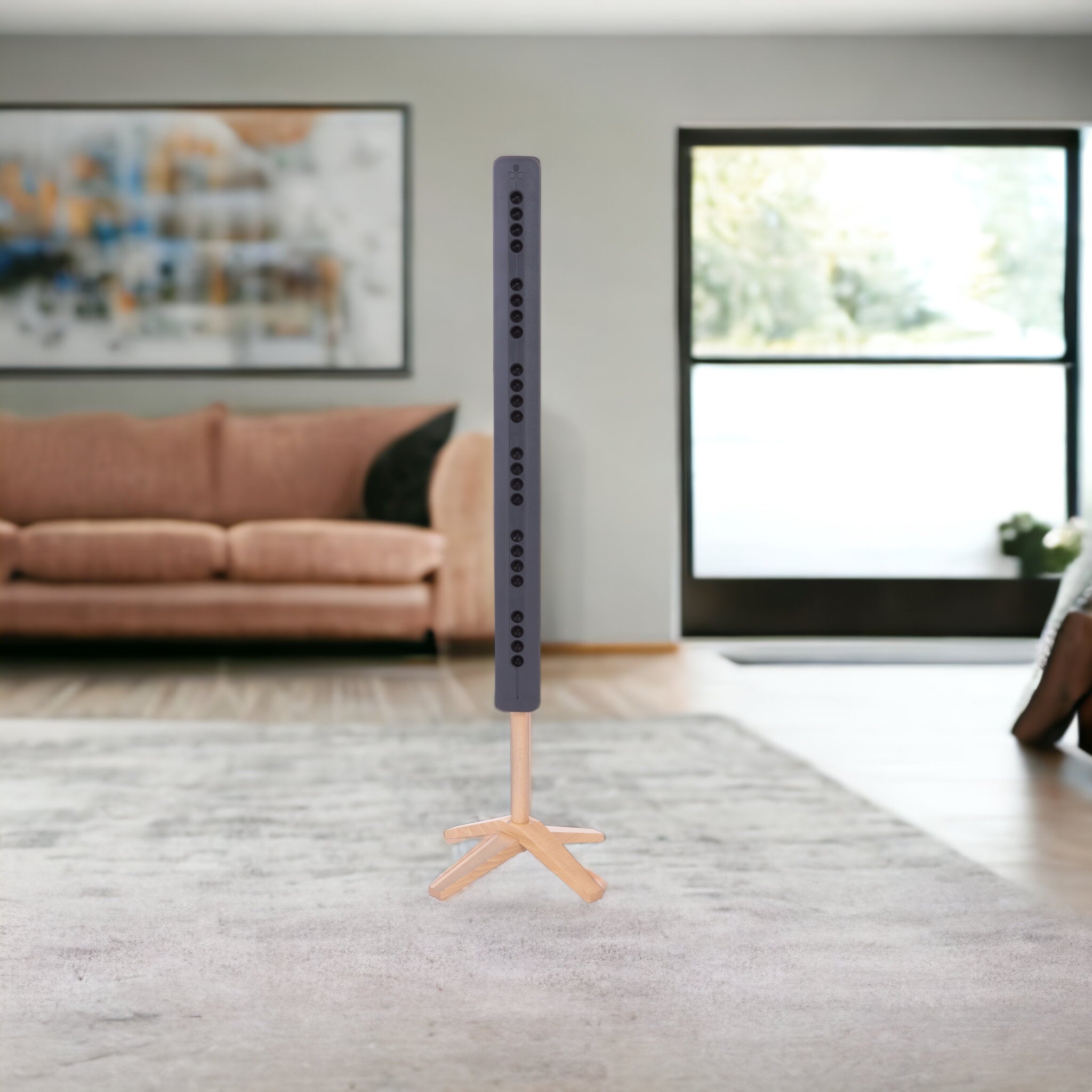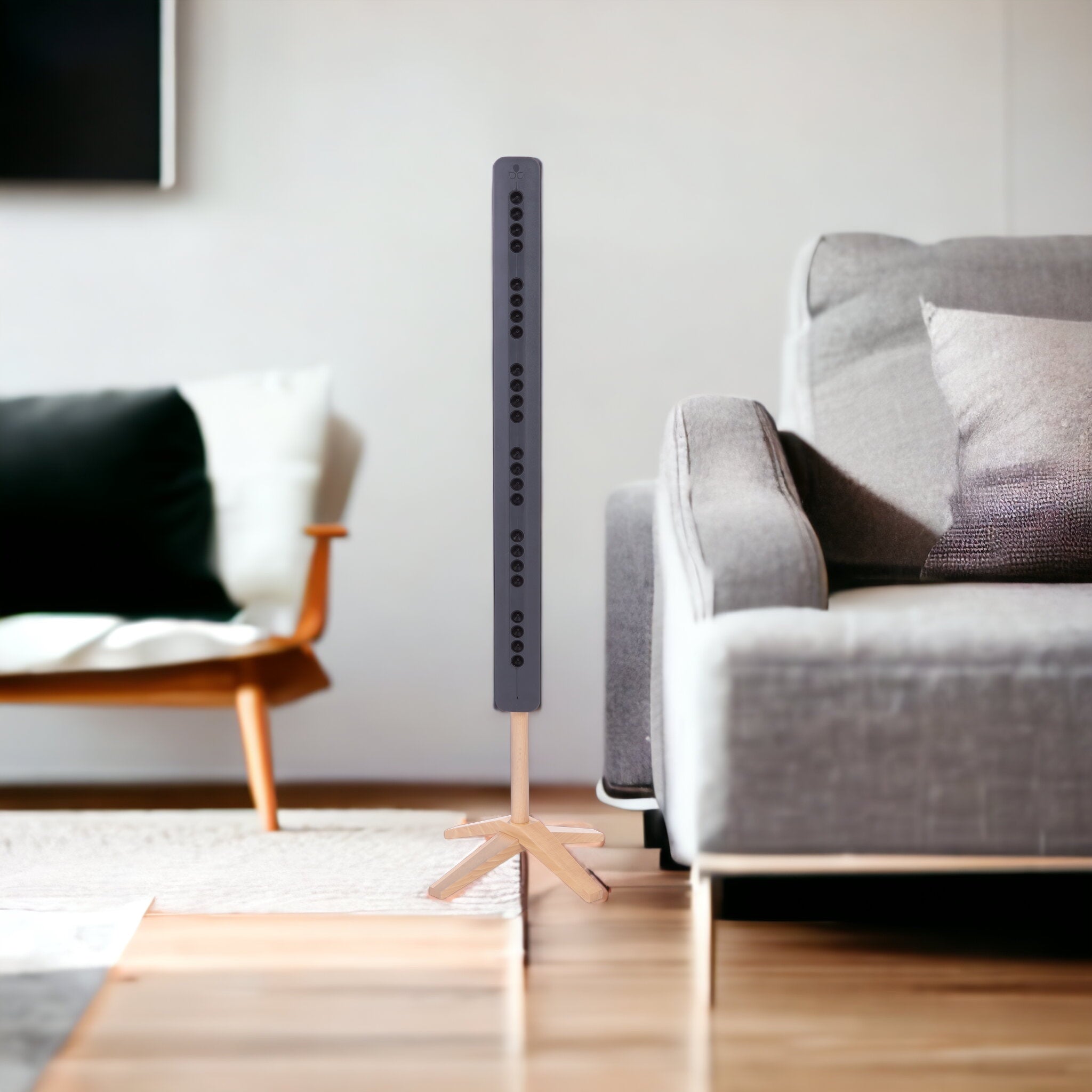The Link Between Air Pollution and Asthma
Modern research has unearthed a significant correlation between air pollution and the incidence of asthma. As per a report by the US White House in June 2014, over 8% of Americans, including more than 9% of children, are living with asthma. This condition is the third leading cause of hospitalizations among children in the US.
The relationship between asthma and air pollution has been extensively studied and quantified by epidemiologic and toxicologic research over the past decade. There is consistent evidence that living near traffic sources is associated with the occurrence and exacerbation of asthma.
Asthma Triggers
It has been observed through studies that the hospitalization rate for asthma increases when levels of particulate matter in the air rise. For instance, an epidemiological study for the city of Phoenix, US, quantified a 13% increase in asthma risk among children ages 5-13, for a PM10 daily mean increase of 36 µg/m3. This value often exceeds the World Health Organization's recommended maximum PM10 daily exposure of 50 µg/m3, particularly in many urban areas globally.
Ozone and Asthma
Ozone, a potent oxidant, induces inflammation in the airway cells, increasing their reactivity to stimuli such as mites, pollens, molds, etc. Several US studies have monitored the asthma medication of a cohort of children and measured the association with ozone level. The validity of these epidemiological analyses is confirmed by experimentations in controlled environments.
The Role of Negative Ions in Air Purification
Fifty years ago, Professor Jean Bricard, a French scientist awarded by the French Academy of Sciences, established a law correlating aerosols (particles) density in the atmosphere with negative ions density in the same air. The more negative ions, the fewer particles in the air.
Since then, ways to generate negative ions in the air have been developed as a means to purify it. Several scientific studies have quantified the impact of negative ions on indoor air purification. The physical mechanisms explaining the action of negative air ions on aerosols are now well-known, and air ionization can be used as an efficient solution for air cleaning.
Negative Ions and Allergens
Asthma can increase the reactivity of airways to allergens, which means that these allergens will trigger asthma crises. Main indoor air allergens are mites, pollen, and mold spores. Negative ions act on them as on any other particles. Thus, cleaning particles means doing so as well with such allergens.
In addition, there are evidences of viruses and bacteria having an exacerbating impact on asthma. Negative oxygen ions have been shown to have a bactericidal effect. Some viruses and bacteria having an impact on respiratory function, may be killed or neutralized by oxygen ions.
The Effect of Air Ionizers on Asthma Symptoms
Teqoya ionizers do not produce ozone, thus solving the main drawback of ionizers as air purifiers, and enabling their usage by people suffering from asthma. Ozone, as we saw above, is a very active oxidant. Exposure to ozone must absolutely be avoided, even in the smallest quantities.
Key Features of Teqoya Air Purifiers
- Efficiently reduce particles and allergens in the air, which are known as asthma triggers;
- Do not emit ozone, even in the slightest quantity, thus avoiding damaging the body airways (and to exacerbate asthma);
- Diffuse a high quantity of oxygen ions in the air, which can help improve respiratory system efficiency.
Information on Air Quality and News from Teqoya
For more information on how an air ionizer works, the effectiveness of air purifiers against viruses, and the concept of eco-responsibility, you can visit Teqoya's official website. The brand continuously updates its blog with informative articles on these topics.
In conclusion, air ionizers, particularly those from Teqoya, can play a crucial role in combating asthma by purifying the air we breathe. Their ability to reduce particles and allergens in the air, their non-emission of ozone, and their high diffusion of oxygen ions in the air make them an effective solution for those suffering from asthma.

